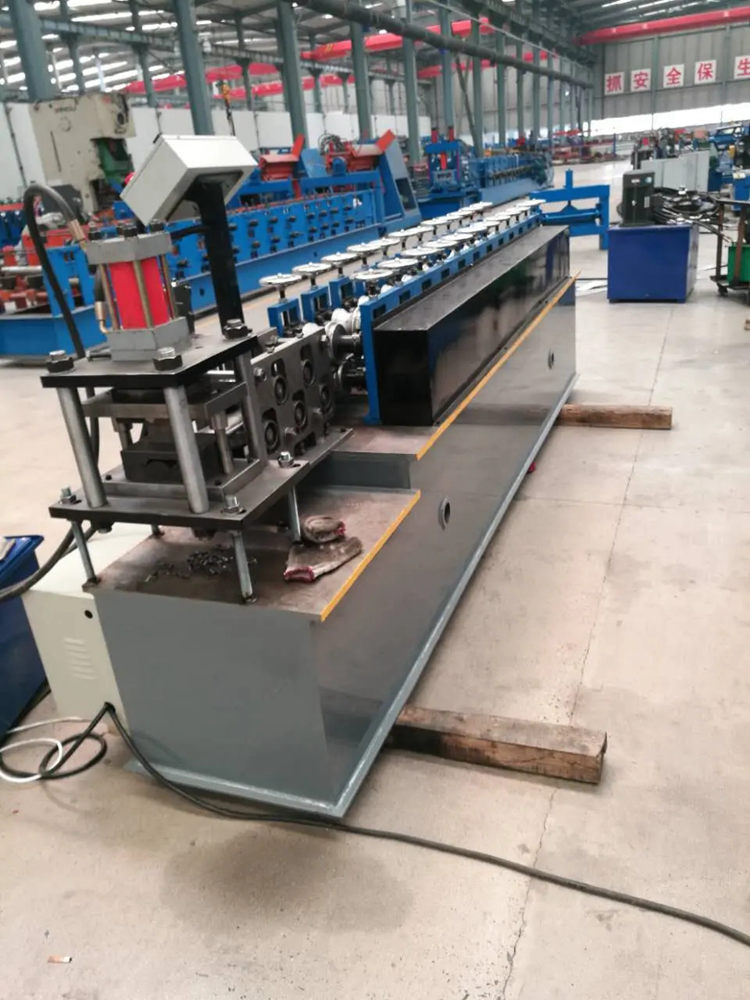
Understanding T-Bar Suspended Ceiling Grid Systems
In contemporary architecture and interior design, T-bar suspended ceiling grids have emerged as a popular solution for both commercial and residential spaces. These systems not only enhance the aesthetic appeal of a room but also offer practical benefits that address modern building needs. This article will explore the features, advantages, installation processes, and maintenance of T-bar suspended ceiling grids.
What is a T-Bar Suspended Ceiling Grid?
A T-bar suspended ceiling grid system is a framework suspended from the building structure above that supports ceiling tiles or panels. The T shape refers to the cross-section of the grid members that form a grid pattern to hold the tiles in place. Typically made from lightweight materials such as metal, these grids provide a robust support system that can accommodate various ceiling materials, from acoustic tiles to drywall.
Advantages of T-Bar Suspended Ceiling Grid Systems
1. Aesthetic Versatility T-bar grids are compatible with a wide range of ceiling tiles that come in various colors, textures, and designs. This versatility allows architects and designers to create visually dynamic spaces that reflect a building's purpose and style.
2. Acoustic Control One of the significant benefits of using suspended ceiling grids is their ability to improve room acoustics. Many ceiling tiles designed for T-bar systems are engineered to absorb sound, reducing noise levels and enhancing comfort in busy environments such as offices and schools.
3. Ease of Access The suspended nature of the grid allows for easy access to utilities like electrical wiring, plumbing, and HVAC systems, which can be critical for maintenance and repairs. Conversely, traditional ceilings often require extensive modification for access.

4. Cost-Effectiveness T-bar suspended ceiling grids can be more economical than traditional ceiling installations, both in materials and labor. The straightforward installation process minimizes labor costs, while the durability of materials means longer life spans, leading to better value over time.
5. Energy Efficiency A well-designed suspended ceiling can improve a building's energy efficiency by integrating insulation and helping control heating and cooling costs. The space between the grid and the original ceiling can allow for better airflow management and energy savings.
Installation Process
Installing a T-bar suspended ceiling grid often involves several steps. Initially, careful planning is crucial, including determining the layout, height, and any necessary adjustments for lighting and ventilation systems. After marking the appropriate heights, the installer secures wall angle tracks around the perimeter of the room. Next, vertical hanger wires are attached to support the main T-bars, which are inserted into the tracks. Once the main T-bars are installed, cross members are added to create the grid pattern. The final step involves placing the ceiling tiles into the grid. This methodical process highlights the practicality and effectiveness of suspended ceiling systems.
Maintenance of T-Bar Suspended Ceilings
Maintaining a T-bar suspended ceiling is relatively straightforward. Regular inspections can help identify any damaged tiles or grid components. Replacement tiles are generally easy to source, and the lightweight nature of the grid means damaged sections can be swapped out with minimal effort. Dust accumulation is common; thus, periodic cleaning can help maintain the ceiling's appearance and efficacy. Ensuring that the grid and tiles are in good condition is critical for maximizing the system’s longevity and performance.
Conclusion
In summary, T-bar suspended ceiling grid systems are an essential component of modern building design. Their aesthetic appeal, acoustic benefits, ease of access, cost-effectiveness, and energy efficiency make them a popular choice for diverse architectural applications. As we continue to evolve in our building practices and designs, T-bar suspended ceilings are likely to remain a versatile and practical solution for enhancing interior spaces. Whether for a new construction project or an office renovation, incorporating a T-bar suspended ceiling grid should be seriously considered to achieve a functional and attractive environment.